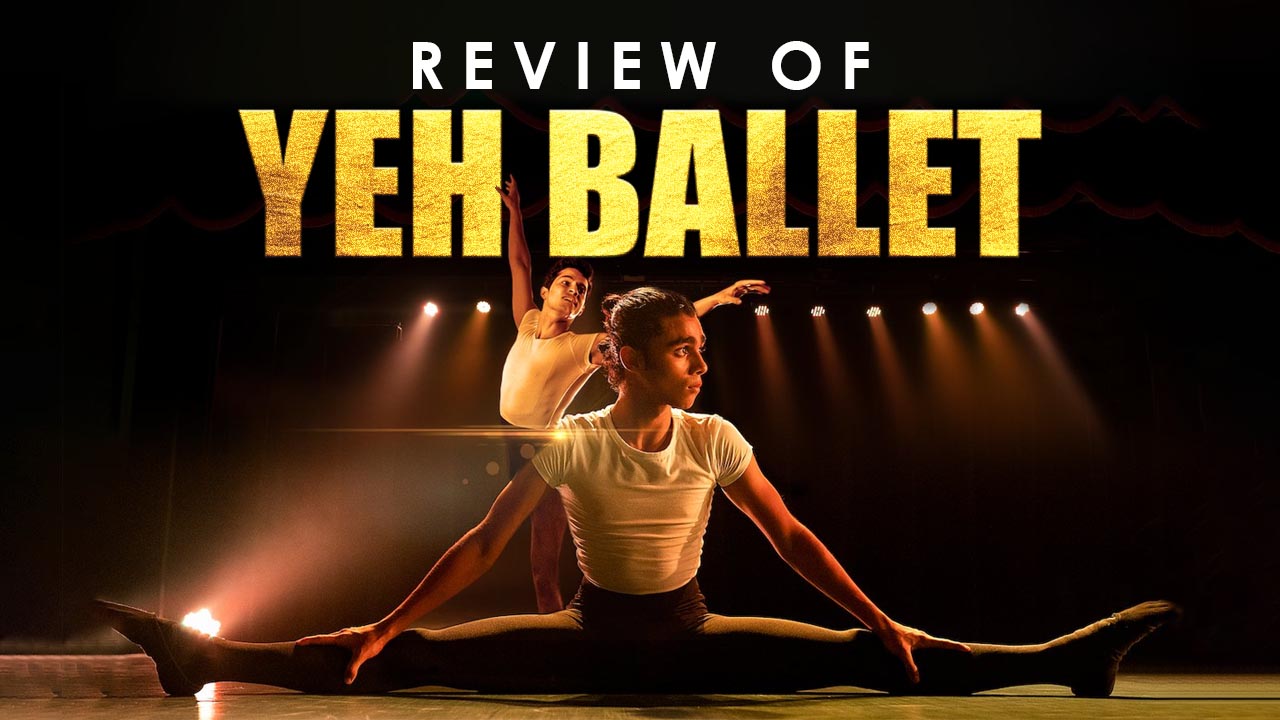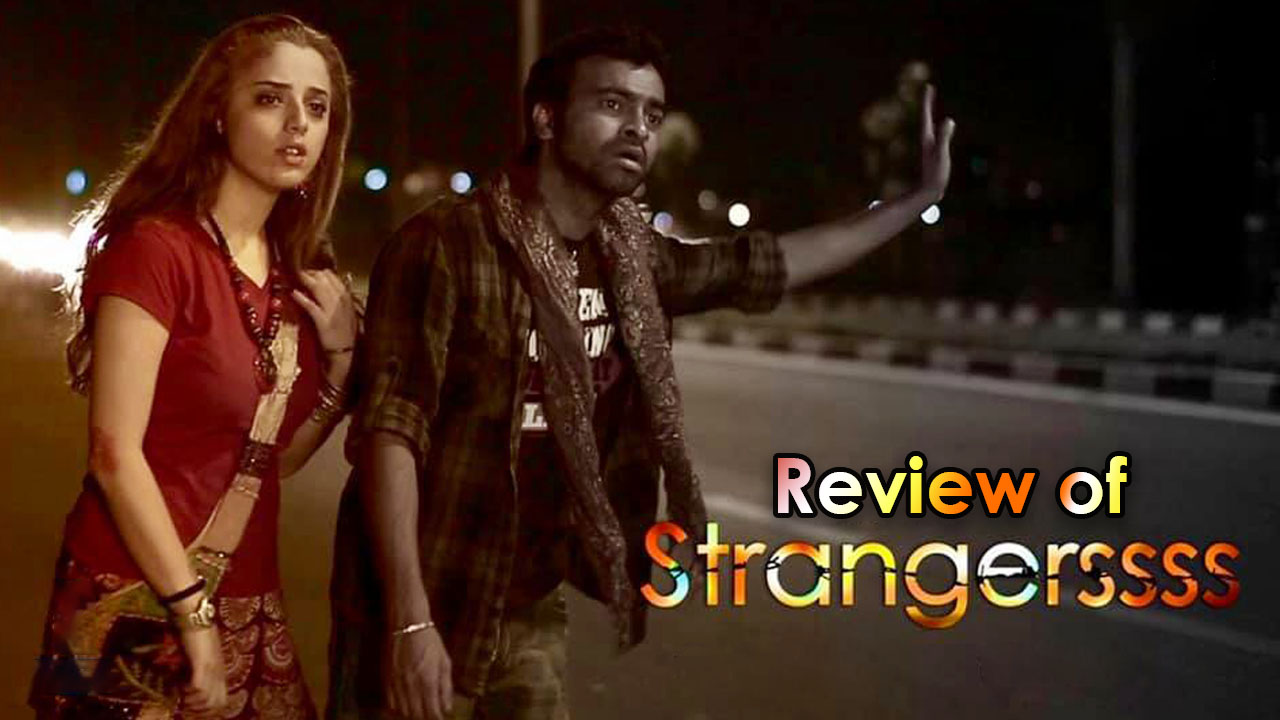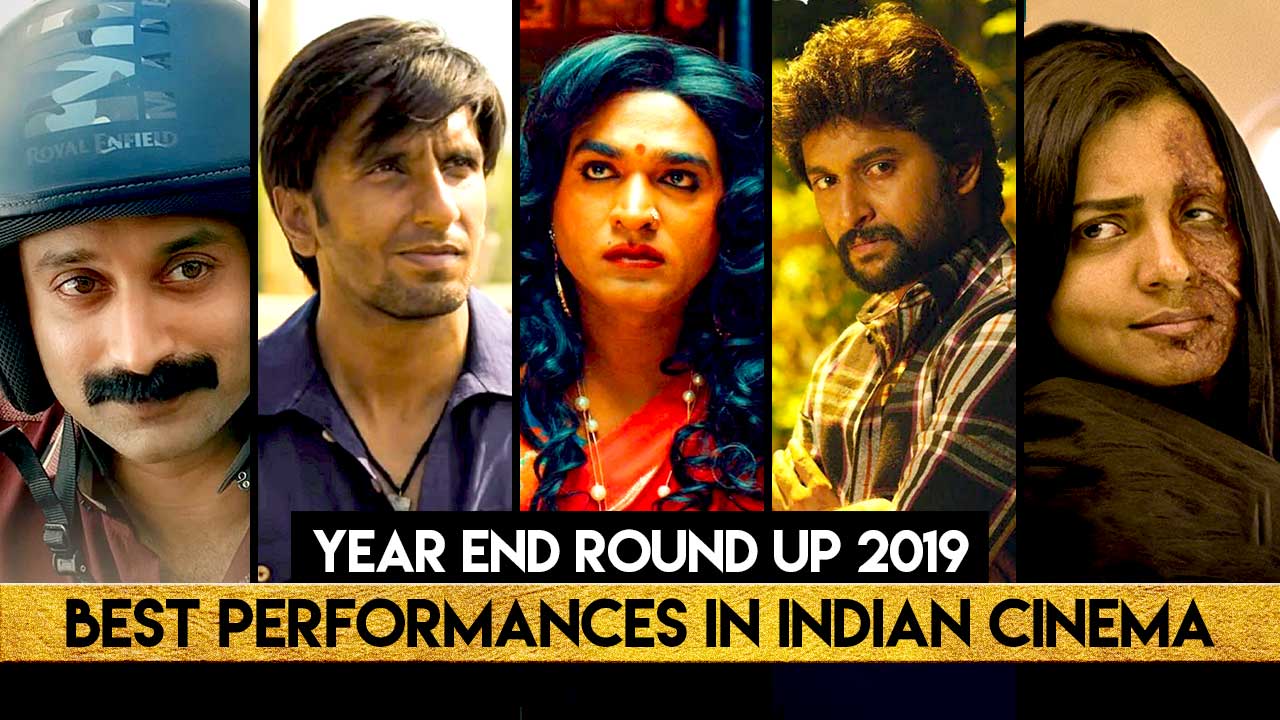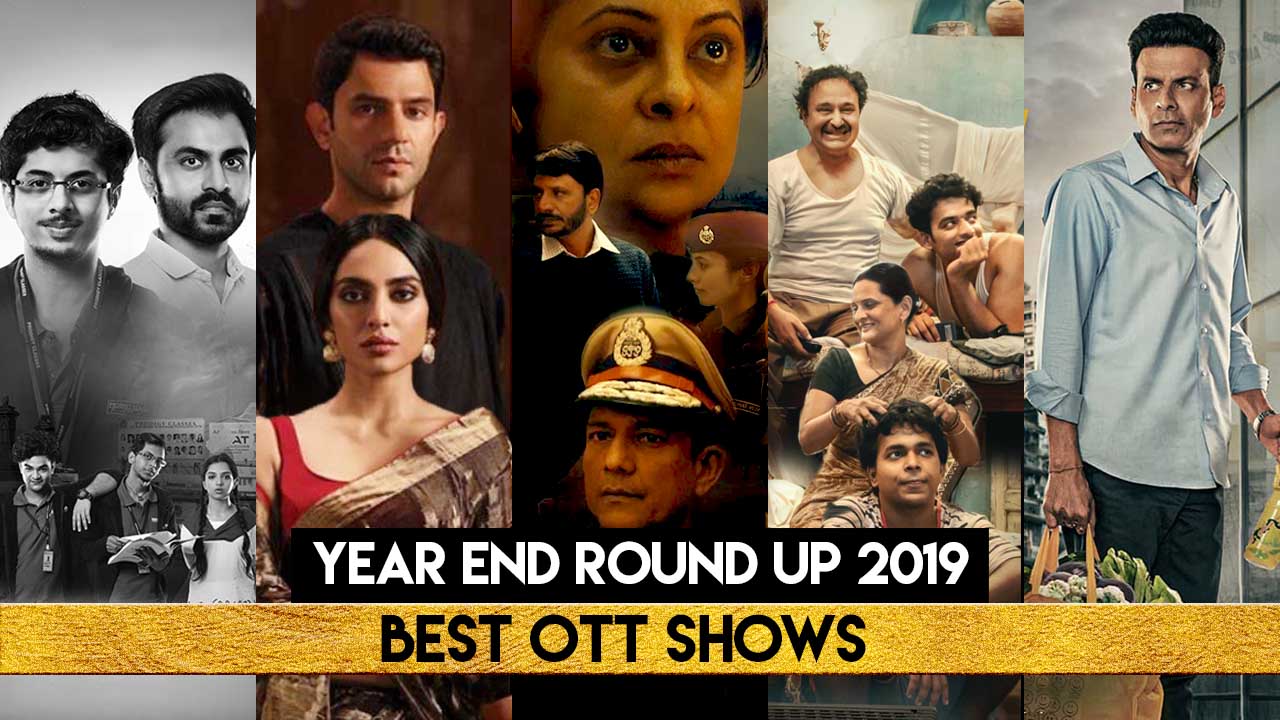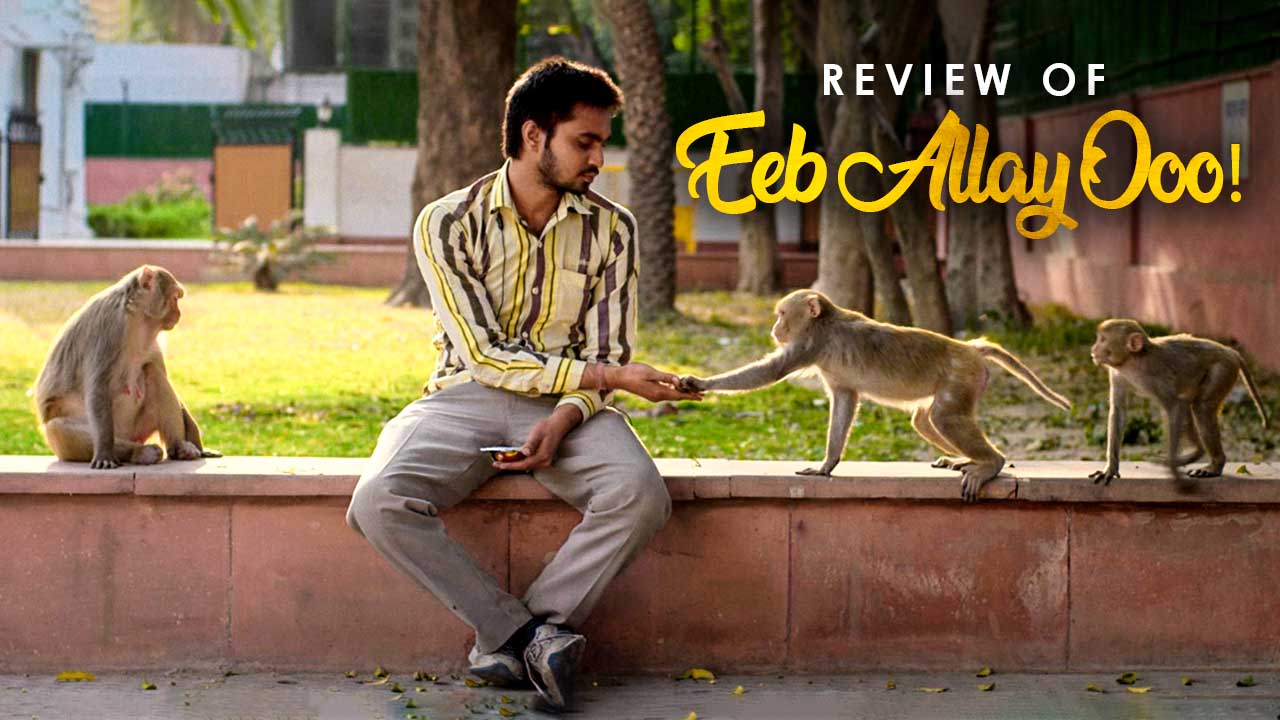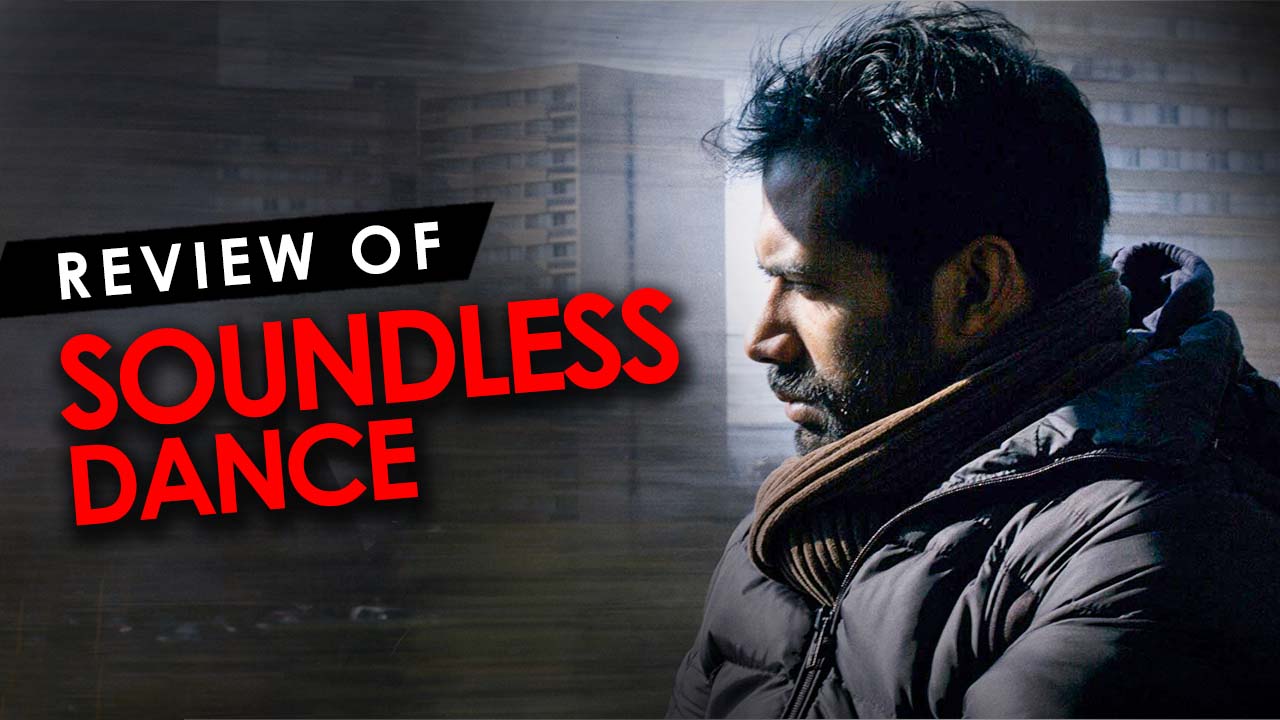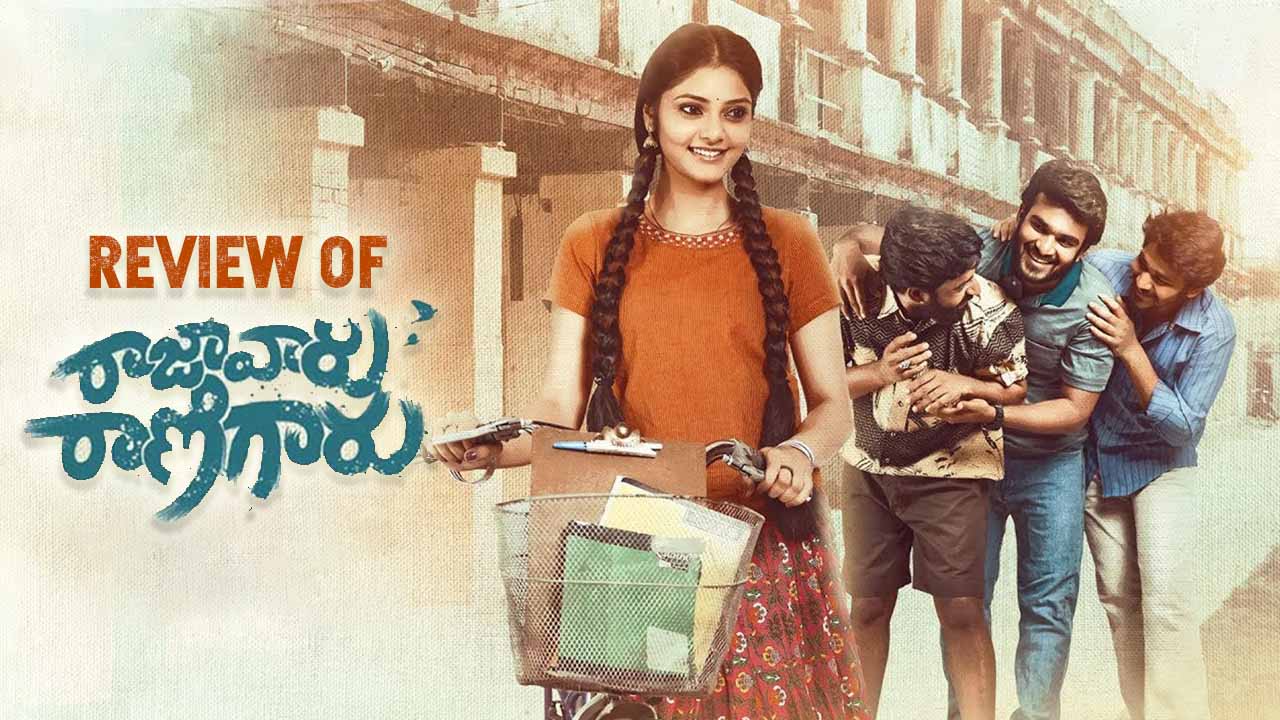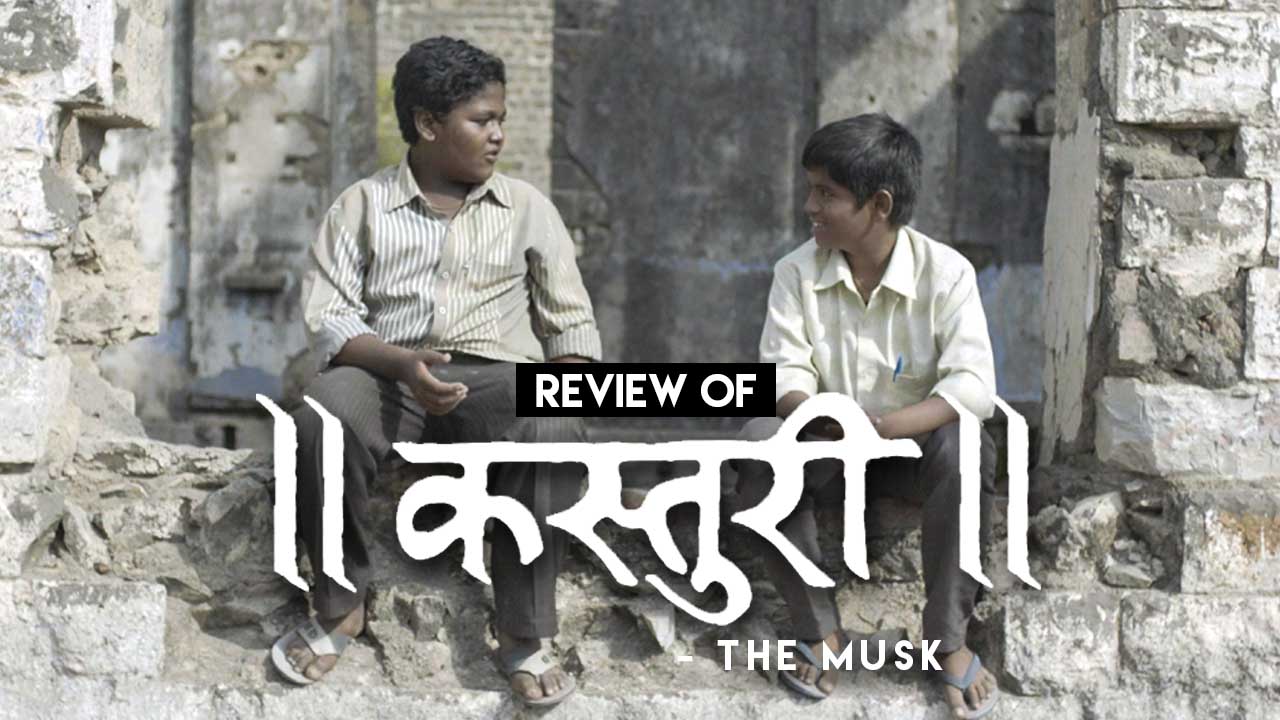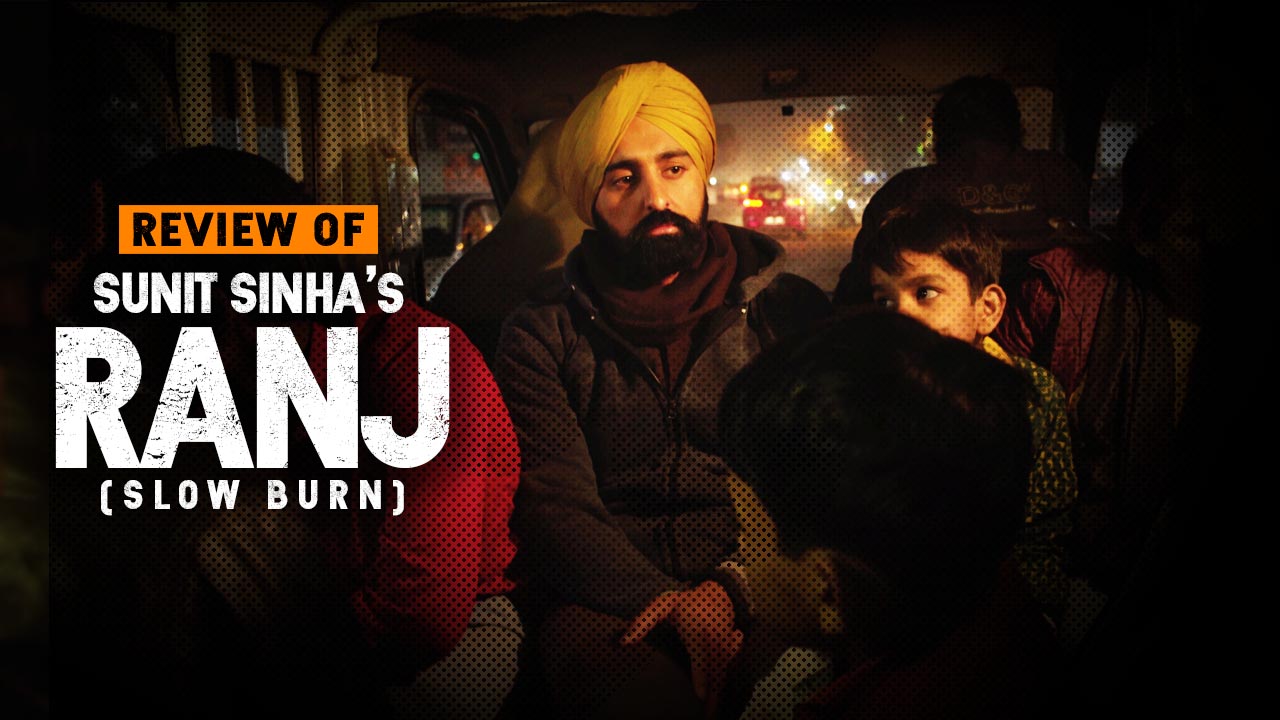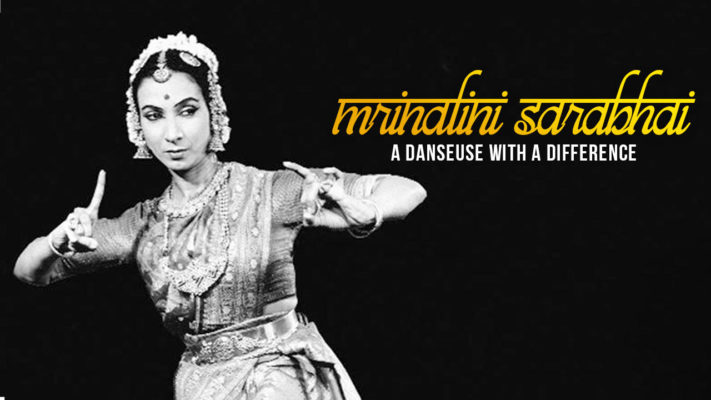
India’s Brightest Star- Mrinalini Sarabhai
It was the year 1949. A French newspaper ran a review headline with the title – La Bombe Antomique Des Hindous, which specifically means ‘The Hindu Atomic Bomb’. No; they were not referring to any military exercise nor were they talking about any diplomatic fiasco. They were referring to the Indian danseuse Mrinalini Sarabhai, who had taken the stage at Théâtre National de Chaillot in Paris just a day ago.
A passionate and fierce Bharatanatyam dancer, it was Mrinalini’s juxtaposition of the techniques she had imbibed from her gurus – Meenakshi Sundaram Pillai, Ellapa Pillai and Chokalingam Pillai – and her innate expressive fluidity that made her an embodiment of Indian ethos and culture. She was a woman who became the face of the newly independent India through her mastery of Bharatanatyam, which was often addressed by the western media as the Hindu Ballet.
Born To A Freedom Fighter Mother, Mrinalini Had An Educated Steeped In Culture And Ethos
Born into the eminent Swaminathan family, which had its roots in Kerala, Mrinalini Sarabhai’s father was a famous criminal lawyer practising at the Madras High Court while her mother – better known as Ammu Swaminathan – was an acclaimed social worker and a freedom fighter. Her sister was Lakshmi Sehgal, who was the first leader of an all-women contingent of the Indian National Army and worked in close proximity with Netaji Subhas Chandra Bose. Mrinalini Sarabhai’s brother Govind Swaminathan was the Attorney General of the State of Madras. Thus, being born into a family of achievers, Mrinalini was nurtured with high ideologies that were specifically rooted in the socio-economic conditions of India since her childhood.
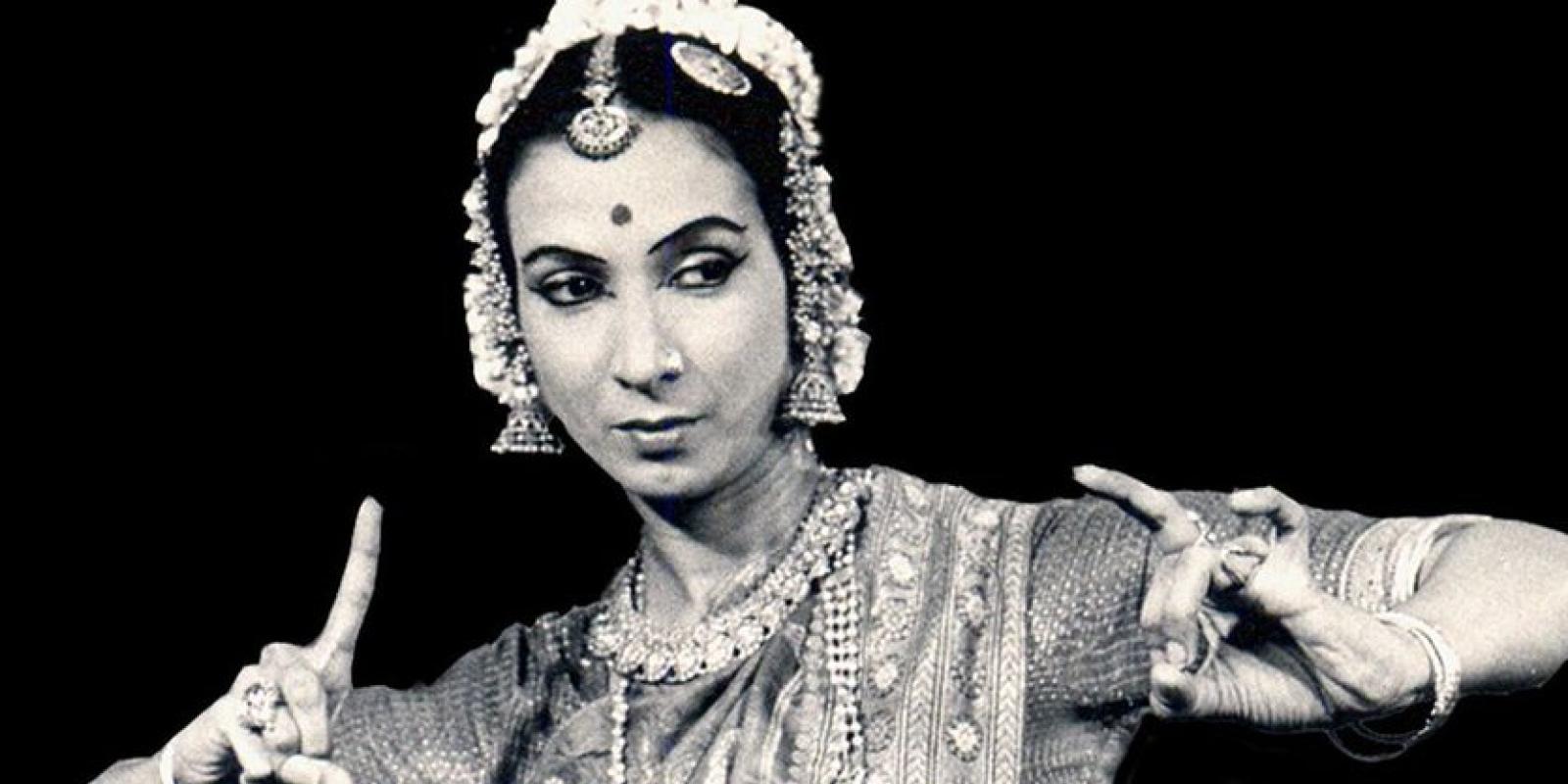
Thereafter, her marriage to Vikram Sarabhai, who is hailed as the Father of Indian Science Program, simply went on to amplify her ideology as an Indian first – the India which was going through a tumultuous time under the British Raj back then.
With such deep political and sociological values instilled in her since her childhood, she could never separate socio-politics from her creative art. Thus, with this, was born a dancer, who did not just performed her art for art’s sake, rather she would come up with divine compositions that would etch out the socio-political thoughts of the day. It is exactly the same thing that a 2012 documentary on her life, directed by Yadavan Chandran and Mrinalini’s daughter Mallika Sarabhai, speaks of. This documentary contextualises Sarabhai as a danseuse with an intense socio-political conscience.
The voiceover for the documentary was by Tom Alter, who sees Sarabhai as “a pioneer among those who gave classical Indian dance its respectability once more and showcased its magnificence to India and the world.” Veteran dance critic Sunil Kothari further adds on to it, saying, “She was a thinking woman. She mastered the technique, but she also thought, what do I do with this technique?”
She was a dancer who blurred the strict distinction between art and socio-politics through her rasa and abhinaya – the two innate features of a dancer.
Her Dance- An Amalgam Of Nehruvian Ideas And Tagorean Values
A considerable portion of Mrinalini’s childhood was spent in the lap of the Alps, in Switzerland. A lover of dance, she received her initial training in the Dalcroze School of Western Dance. However, it was during her schooling under the tutorship of eminent educationist and poet Rabindranath Tagore in Shantiniketan that her true calling was recognized. After getting trained in various Indian dance forms, she briefly enrolled herself in the American Academy of Dramatic Arts in the US, before shifting permanently to India. Here, she excelled in the Tamil dance form Bharatanatyam, under the tutelage of Meenakshi Sunderam Pillai and also learnt the Malayalam dance form Kathakali under the tutelage of legendary danseuse Guru Kunchu Kurup.
Her education under the guardianship of Kaviguru Rabindranath Tagore along with her filial affinity with the politics of the day inspired her to amalgam her techniques to portray out the harsh realities of the country. Her dance transcended the traditional premises of Indian classical dance forms, which majorly were a tribute to the Hindu deities, and transformed into a saga of the socio-political situation that India was steeped in during that time.
Perhaps it is due to this reason, Mrinalini Sarabhai was more inclined towards dance dramas – a form which Mrinalini always thought could well verse her inner gamut of expressions which she possibly could not convey through her solo performances. In her career spanning decades, Sarabhai had choreographed more than a hundred dance dramas. And, perhaps not surprisingly enough, her dance-dramas were a marriage of traditional techniques of a dance form with the sociological situation of the days. In short, they were her mouthpiece towards making a society bereft of any cultural as well as racial distinctions.
For example, in ‘Meera’, which she performed with her daughter Mallika Sarabhai, she uses various classical abhinaya to represent the various moods of Meera. However, in doing so, her dance also becomes an address to the devious sociological issues, such as the dowry system, environmental degradation, the position of women in the society, and on. That was Mrinalini Sarabhai to you – a woman in whom the Nehruvian idea of equality of all and the Tagorean notion of the cultural and spiritual oneness of the entire world married into one.
She Was A Dancer Who Never Retired
Mrinalini Sarabhai was not just a dancer, she was a philanthropist, an educationist and a social activist, who used her art to convey her feelings to the entire world. And for a person like her, there is definitely no particular age of retirement. “Vikram often remarked and talked of the marvellous universe beyond the Milky Way, and both of us, lying on our cots on the veranda of our bedroom, gazed at the stars differently, yet united in a shared experience of wonder,” she had once written in her 2004 autobiography, ‘The Voice of Heart’. Her art was one such, which always strived to create that universe, where nothing but an eternal sense of awe will prevail – a society bereft of malice and hypocrisy – a society which will be just and good.
Perhaps, it was this innate desire to strive for perfection in the world and in her art that led her to work continuously, until the last days of her life. Mrinalini, thus never retired; she continued to dance and teach till the age of 97 when she left for her universe beyond the Milky Way. Her daughter’s Facebook post after Mrinalini’s death was aptly written, “My mother just left for her eternal dance.”
Now that this perfectionist dancer is physically not around, we have her words that will shine on:
“I said, I am a Dancer. Not will be, not was. But I am.”


